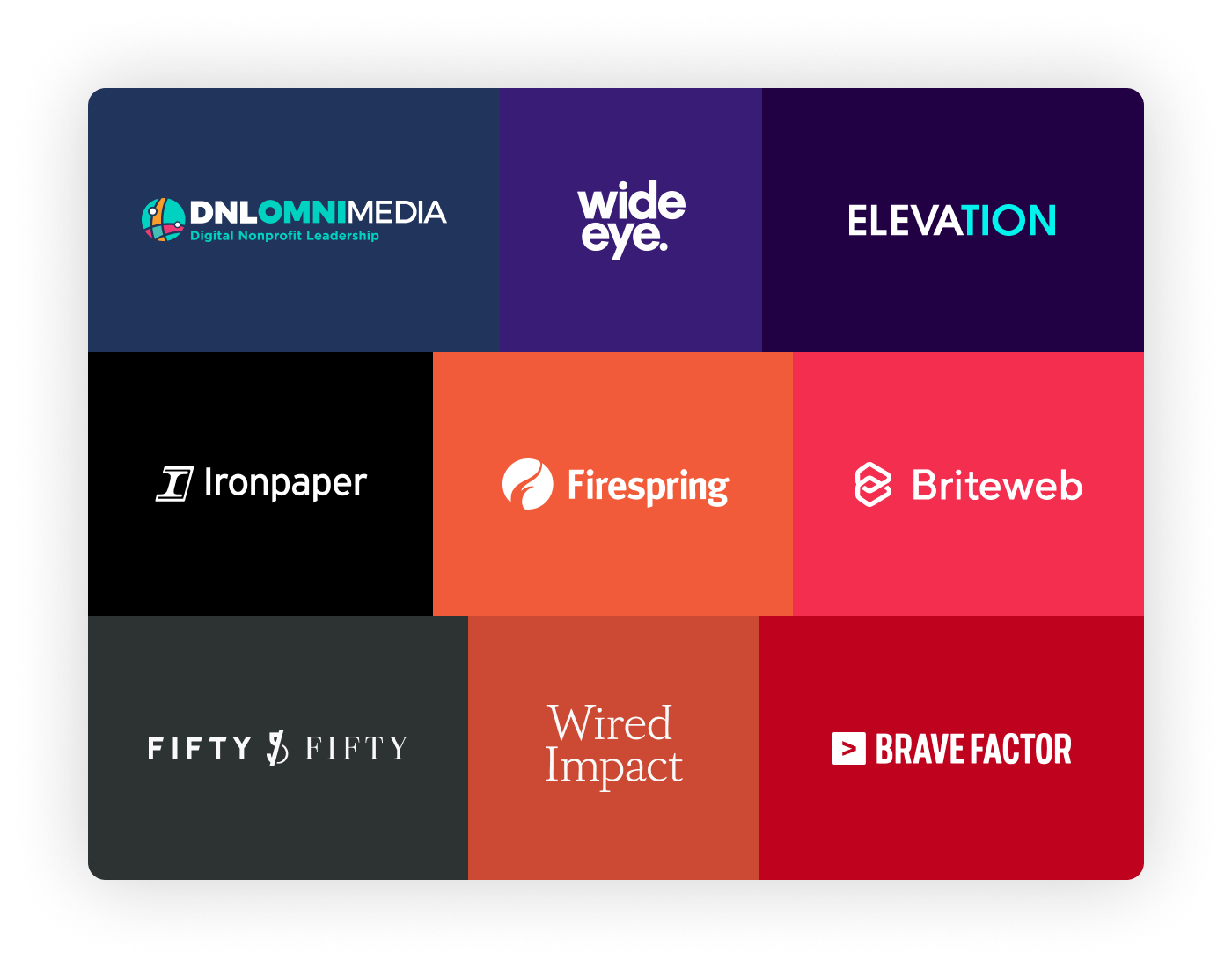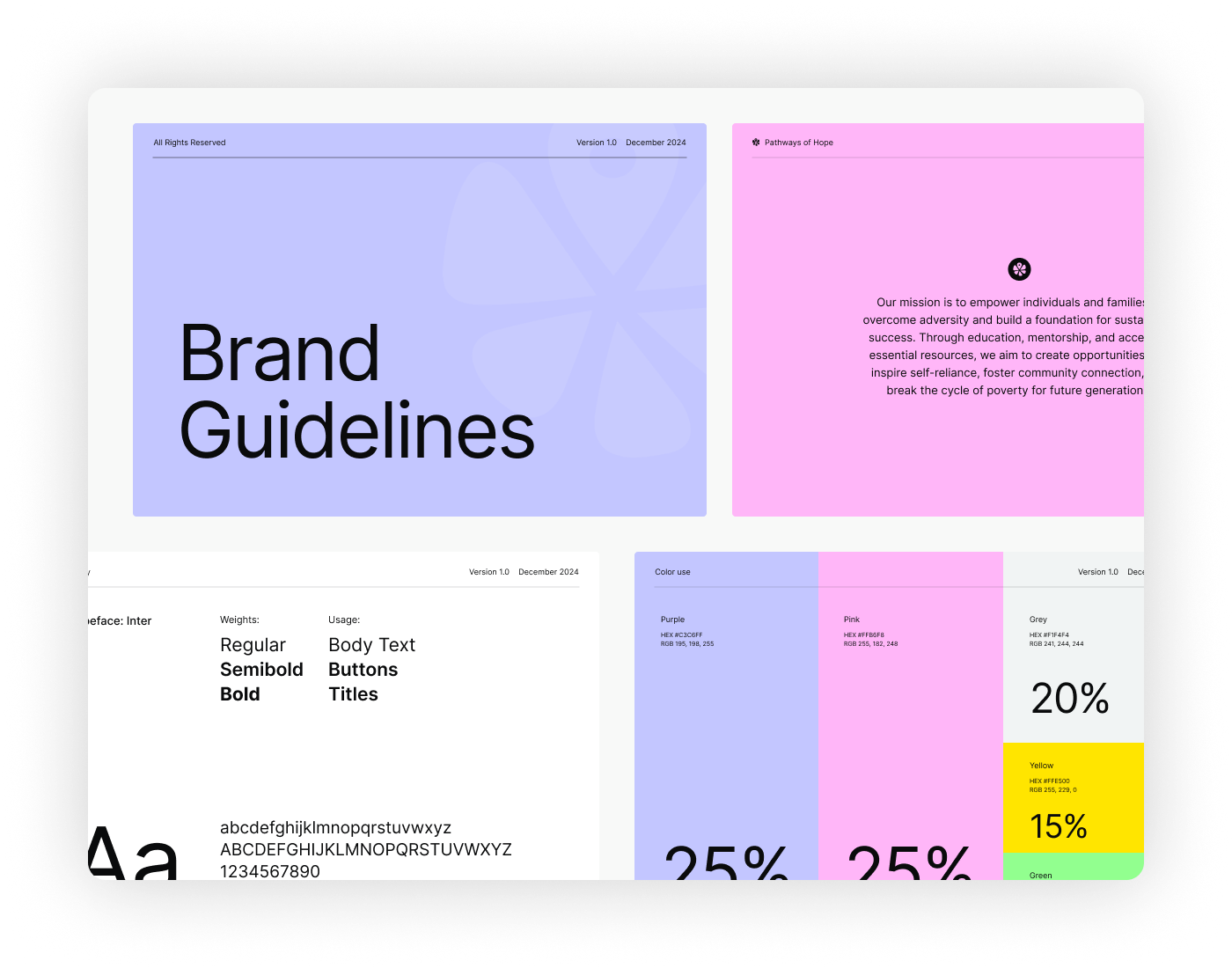Introduction
Being able to demonstrate effect is not just advantageous, but crucial for charity organizations. Transparency and evidence that their contributions are having an impact are becoming more and more in demand from donors, stakeholders, and the community. Your organization can secure long-term sustainability, build stronger relationships with supporters, and draw in new donations by accurately assessing and effectively conveying its impact. This article offers a thorough overview of impact measurement techniques and successful communication tactics.
Defining Your Impact
Setting Clear Objectives
Establishing specific, quantifiable goals is the cornerstone of an efficient impact measurement system. It becomes difficult to determine whether your efforts are having a significant impact without clearly defined targets. These goals have to be SMART—specific, measurable, achievable, relevant, and time-bound—to guarantee that they complement the entire strategy and mission of your nonprofit.
It’s critical that your objectives line up with your mission. For instance, an explicit goal could be, “Increase literacy rates among children in underserved communities by 20% over the next three years,” if the focus of your nonprofit is raising literacy rates. This goal makes it easy to monitor progress and demonstrate achievement, because it is both measurable and directly related to your mission.
Identifying Key Performance Indicators (KPIs)
The next stage after setting goals is to determine the Key Performance Indicators (KPIs) that will enable you to track your progress. KPIs are particular indicators that show how successfully your company is accomplishing its objectives. It is essential to make sure that the KPIs you choose for your impact measurement are both applicable and useful.
In the nonprofit industry, common KPIs include:
• Beneficiary Reach: The number of people or communities that your services are able to assist.
• Program Success Rate: The portion of participants who bring your programs’ desired results to fruition.
• Donor Retention Rate: The proportion of donors who stick with your organization over time and make additional contributions.
You may measure the impact of your organization and make data-driven decisions to enhance your programs by concentrating on these and other pertinent KPIs. Learn more about essential fundraising metrics here.

Tools and Techniques for Measuring Impact
Data Collection Methods
Effective impact measurement is based on precise data collection. There are multiple ways to obtain the data you require:
• Surveys: You can use these to get input on your projects and programs from contributors, volunteers, and beneficiaries.
• Conversations: Individual interviews offer comprehensive perspectives and qualitative information that might assist you in comprehending the subtleties of your influence.
• Focus groups: These conversations in small groups can reveal opinions and viewpoints that may not surface in one-on-one polls or interviews.
Data collection is becoming more effective and accessible thanks to digital tools. Easy ways to collect, organize, and analyze data include SurveyMonkey, Google Forms, and specialized nonprofit software. By making use of these resources, you can gather trustworthy data and obtain insightful knowledge on the efficacy of your activities.
Impact Measurement Frameworks
Your effect-measuring approach can be guided by a number of well-established frameworks:
• Logic Models and Theory of Change: These conceptual frameworks delineate the necessary processes for accomplishing your objectives, starting with inputs (resources), and ending with outputs (activities) and results (impact). They make it easier to see how your actions relate to the change you want to see.
• Social Return on Investment, or SROI, is a framework for measuring the economic, social, and environmental value that your company produces. Through the process of putting a monetary value on the social impact, SROI assists you in explaining to stakeholders the wider significance of your activity.
By applying these frameworks, you can ensure that you fully quantify the contributions made by your nonprofit organization by taking an organized approach to impact measurement.
Communicating Impact Effectively
Crafting Impact Stories
While facts and numbers are important, they don’t necessarily give a whole picture of the work that your nonprofit does. Impact stories fill that need. You may increase the relatability and recall of your data by creating engaging narratives that showcase your accomplishments. These narratives ought to center on the people or communities who have profited from your initiatives, demonstrating the practical effects of your labor.
Including case studies and testimonials can help your tales seem more real. It can be very effective and convincing to hear directly from people who have benefited from your work; this will help you connect emotionally with your audience.
To dive deeper into storytelling techniques, check this podcast!
Visualizing Data
An additional essential component of good communication is data visualization. The use of infographics, dashboards, and other visual aids can improve the usability and appeal of difficult-to-digest data. For instance, a well-designed infographic can quickly and easily convey the number of individuals served, the regions covered, and the results attained.
Effective visualizations may be made with a variety of tools, including Canva, Tableau, and Google Data Studio. With the use of these tools, you can display your facts to your audience in a way that is visually appealing and strengthens the point you are trying to make.

Reporting to Stakeholders
It is essential to consistently update stakeholders on your impact if you want to preserve openness and confidence. It’s critical to adapt your communication to your audience while preparing impact reports. The general public may be more interested in the overall effects of your activities than donors, who might be more concerned with the precise results attained and the manner in which their money was used.
Among the best methods for creating impact reports are:
• Precision and Concision: Don’t use jargon that can confuse your audience; instead, speak clearly and succinctly.
• Use of Visuals: To break up text and emphasize important points, use photos, graphs, and charts.
• Storytelling: To give a comprehensive picture of your influence, combine data and tales.
By adhering to these guidelines, you may produce reports that clearly convey the accomplishments of your nonprofit and improve your connections with key audiences.
Conclusion
Impact measurement and communication is a continuous process that needs careful preparation, carrying out, and introspection. Your nonprofit may prove its worth to funders, stakeholders, and the community by establishing clear goals, utilizing the appropriate resources and frameworks, and effectively conveying your findings. This guarantees that your company may have an even bigger impact down the road by encouraging continual progress, as well as securing continued support.
As you proceed with this procedure, keep in mind that accountability and transparency are essential. Review your impact measurement procedures frequently, get input from your stakeholders, and remain flexible to make changes as necessary. This dedication to quality will support the growth and long-term impact of your charitable organization.
Explore our blog for more nonprofit marketing strategies to amplify your impact.



